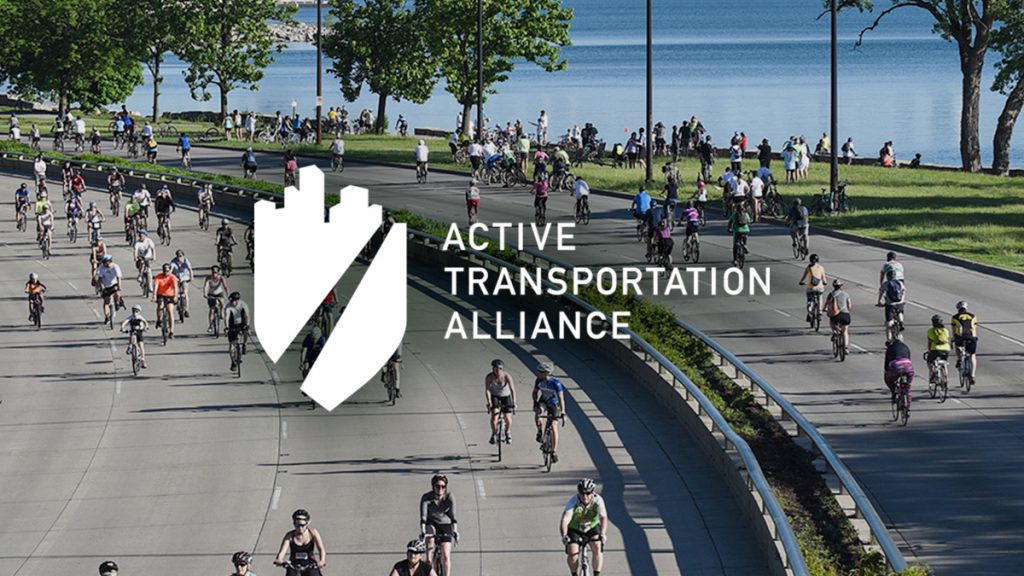Streetfilms has just released a fantastic short film on different traffic calming solutions focusing on the 48th ward's Edgewater neighborhood. Traffic calming is the concept of slowing down motor vehicle travel in order to make it safer and easier for walkers and bikers to get to where they need to go. Chicago’s Department of Transportation has its own traffic calming program, which specializes in just that.
Whenever I ask residents how they think car traffic can be slowed down in their neighborhood, the two most common responses are to install a stop sign or build a speed hump. While signage and speed humps are indeed traffic calming devices, they are not always the most effective solutions.
In the Streetfilms video, experts demonstrate how narrowing the street width slows cars down. Chicago has been narrowing car travel lanes to ten feet by restriping them. Narrowing street width may include innovative concepts such as curb bulb outs, street side gardens, traffic circles, medians, bike boxes and separated bike lanes—to name of few of my favorites.
So, what does it take to have traffic calming devices such as these installed in your neighborhood? It’s a combination of a few different things. In the case of Edgewater, it helps to have an alderman like Mary Ann Smith, who is an advocate for providing safe access to parks for all users of the road. It also helps to have a group of concerned residents who can address an issue like speeding around parks and know where to direct questions.
In the City of Chicago, for example, residents can pursue traffic calming devices by making recommendations to their alderman or by having residents make multiple requests to 311.
If you live in a Chicago neighborhood targeted by Active Trans, our staff can help guide you through the process of getting traffic calming devices installed in your neighborhood through a workshop called Better Blocks.

